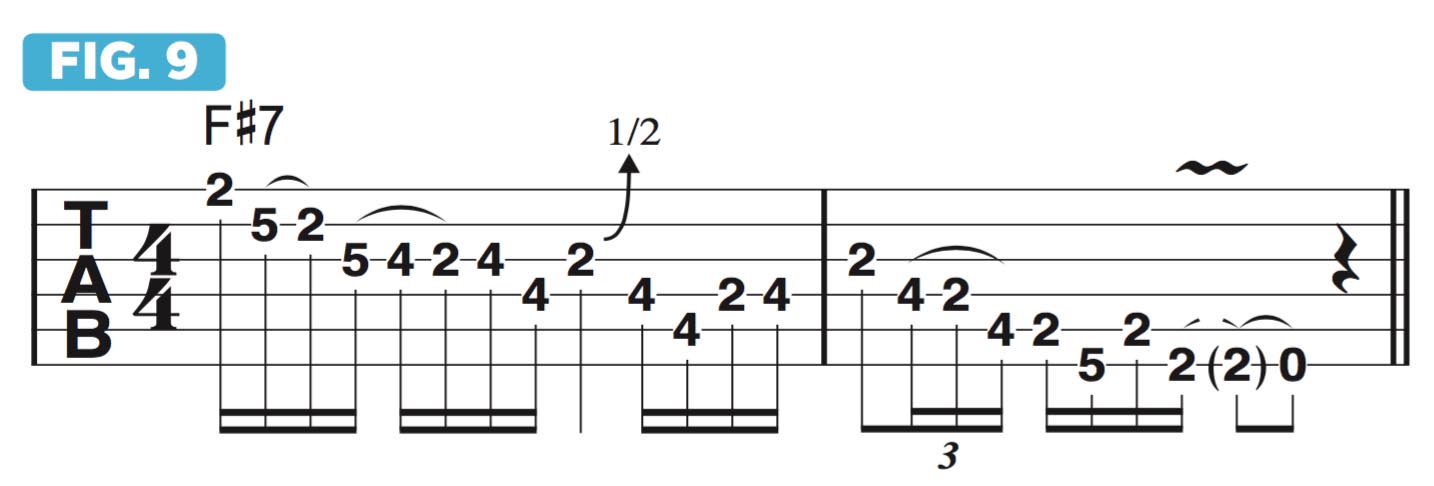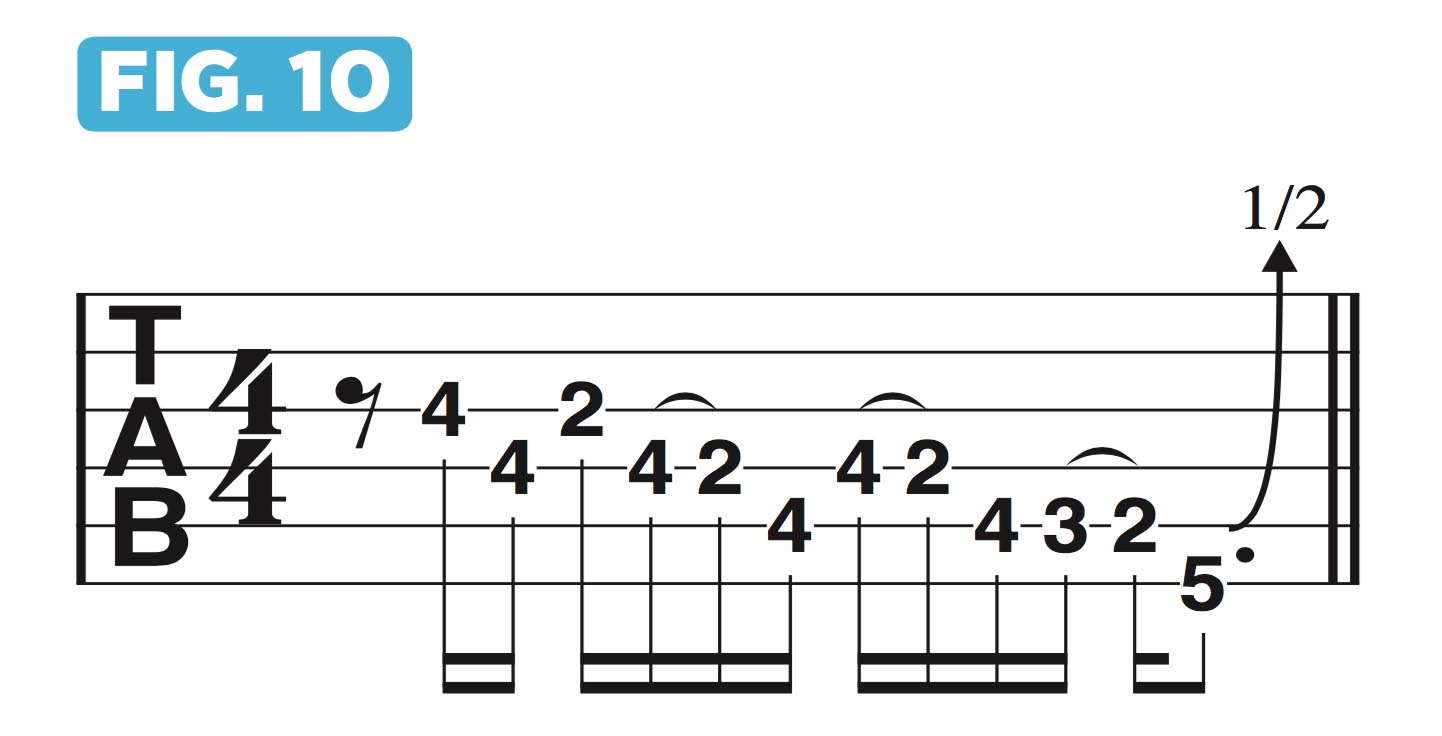These fast-moving melodic phrases will help you chromatically ascend the fretboard
Get your picking and your fretting hand in sync with licks that can be applied up and down the fretboard
A great way to sharpen your pick- and fret-hand skills is to take a fast-moving lick and move it chromatically up the fretboard through rising positions and keys. The faster and more complex the lick, the more challenging it will be to recreate it perfectly in each new, higher position.
The benefits of this exercise are many: first, crafting a solid, fast-moving lick that is both melodic and “flashy” will always come in handy when soloing; focusing on the details of the execution will improve pick- and fret-hand ability; if it’s a long phrase that moves across all of the strings, one can break it down into smaller pieces that fall on specific adjacent string groups.
Additionally, when you break the lick up like this, you fortify your connection to shorter melodic phrases and the many ways in which they can be articulated, with bends, slides, pull-offs, hammer-ons, and what have you.
Let’s begin with a lick based on the E blues scale (E, G, A, Bb, B, D). Figure 1 illustrates the scale played in 1st, or “open,” position.
Figure 2 presents the first incarnation of the phrase that we will subsequently move up through every fretboard position. The lick begins with a “pickup” on the upbeat of beat four, with a pull-off from the b7th, D, to the 5th, B.
The E root note is then sounded on beat 1 in the next bar, and many subsequent notes are then played using pull-offs or slides. Bar 1 descends from the 1st string across to the 5th, and bar 2 moves back over to the 4th string, and then descends through to the 6th string.
When it’s played on E, as shown here, I end with a fingerpicked “roll” that quickly sounds the 6th, 4th and 1st strings in succession.
All the latest guitar news, interviews, lessons, reviews, deals and more, direct to your inbox!
Figure 3 focuses specifically on this “rolling” technique.
Let’s now move the lick up one fret to the key of F. The lick will now be based on the F blues scale pattern shown in Figure 4.
Figure 5 illustrates the lick as played in F. Notice that bar 1 is played almost identically to the E version, but the phrase ends differently in bar 2, with the open low E string used more for its rhythmic rather than melodic emphasis.
To shift the phrase one fret higher, to F#, Figure 6 first depicts the F# blues scale in 2nd position, and Figure 7 shows the lick.

Again, it’s very beneficial to break a lick like this into smaller pieces, as shown in Figures 8, 9 and 10.
Continue to move up the fretboard, one fret at a time, until you reach the 12th fret, as shown in Figure 11.
Guitar World Associate Editor Andy Aledort is recognized worldwide for his vast contributions to guitar instruction, via his many best-selling instructional DVDs, transcription books and online lessons. Andy is a regular contributor to Guitar World and Truefire, and has toured with Dickey Betts of the Allman Brothers, as well as participating in several Jimi Hendrix Tribute Tours.











